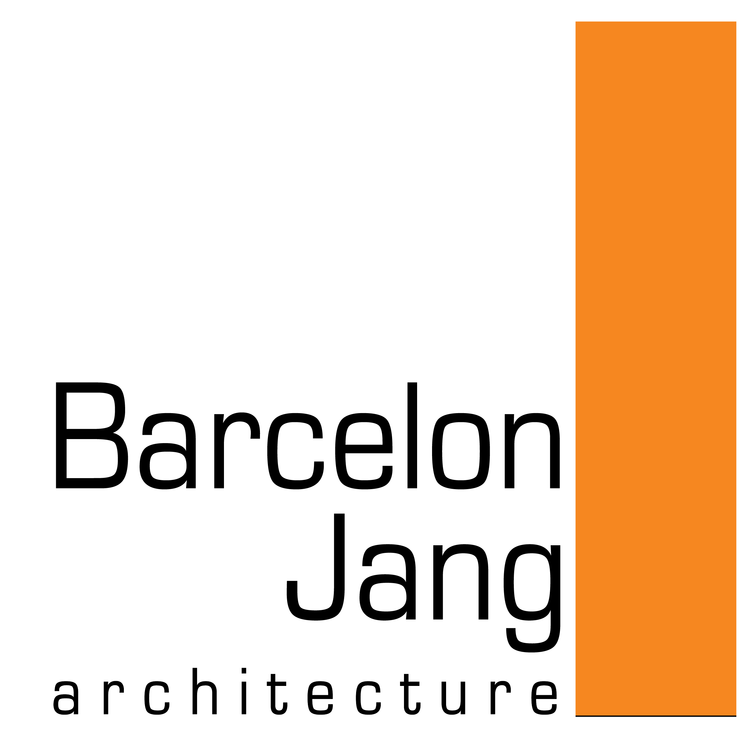Probably. Every street fair has more handcrafted jewelry than you have time for. Your Lyft driver is a chef or musician. A DIY potted succulent arrangement or airplant ensemble is created every few minutes at Flora Grubb. Friends are writers, photographers, and artists. Family members self-publish photo books at Blurb or Costco. Millennials have at least one website or blog. If you’re not a designer, you know one.
At Barcelon Jang Architecture, our Designers have been talking about San Francisco Design Week, a series of events beginning tonight. While their daily activities at our office primarily involve working with our Architects on the Construction Administration of affordable housing, they studied and practice design in their private lives. We invited them to showcase their creations and could see how their personalities are reflected in their choices.
Nayive Kalkach: “The project was to create a piece of furniture for Shiro Schwarz, a couple of musicians who wanted to transport their instruments inside a suitcase that could turn into a table to use at their performances.”
Hsiaochi Chang: A business promotional gift, this memo paper holder was designed as five pieces that ship flat unassembled and snap together easily by the recipient. No glue necessary. Autocad was used to draw. A laser cutter used temperature to control the depth of the cuts. The holes were then hand cut for the punch.
Melanie Tam: “The light up vanity was inspired by a vintage suitcase. I wanted to create a vanity where you would be able to store your makeup and have amazing lighting while you were doing your makeup.” Two coats of paint and sanding produced the rustic look. “I also included LED lighting around the mirror to create more depth and a focal point to the whole design.”
Yihung Chang: After two months of studying the grains and mechanics of woodworking, knots in the wood for this walnut chair provided a lesson learned and a redesign challenge. Avoiding the knots for a better aesthetic, a panel originally designed for the seat was used for the arm.






